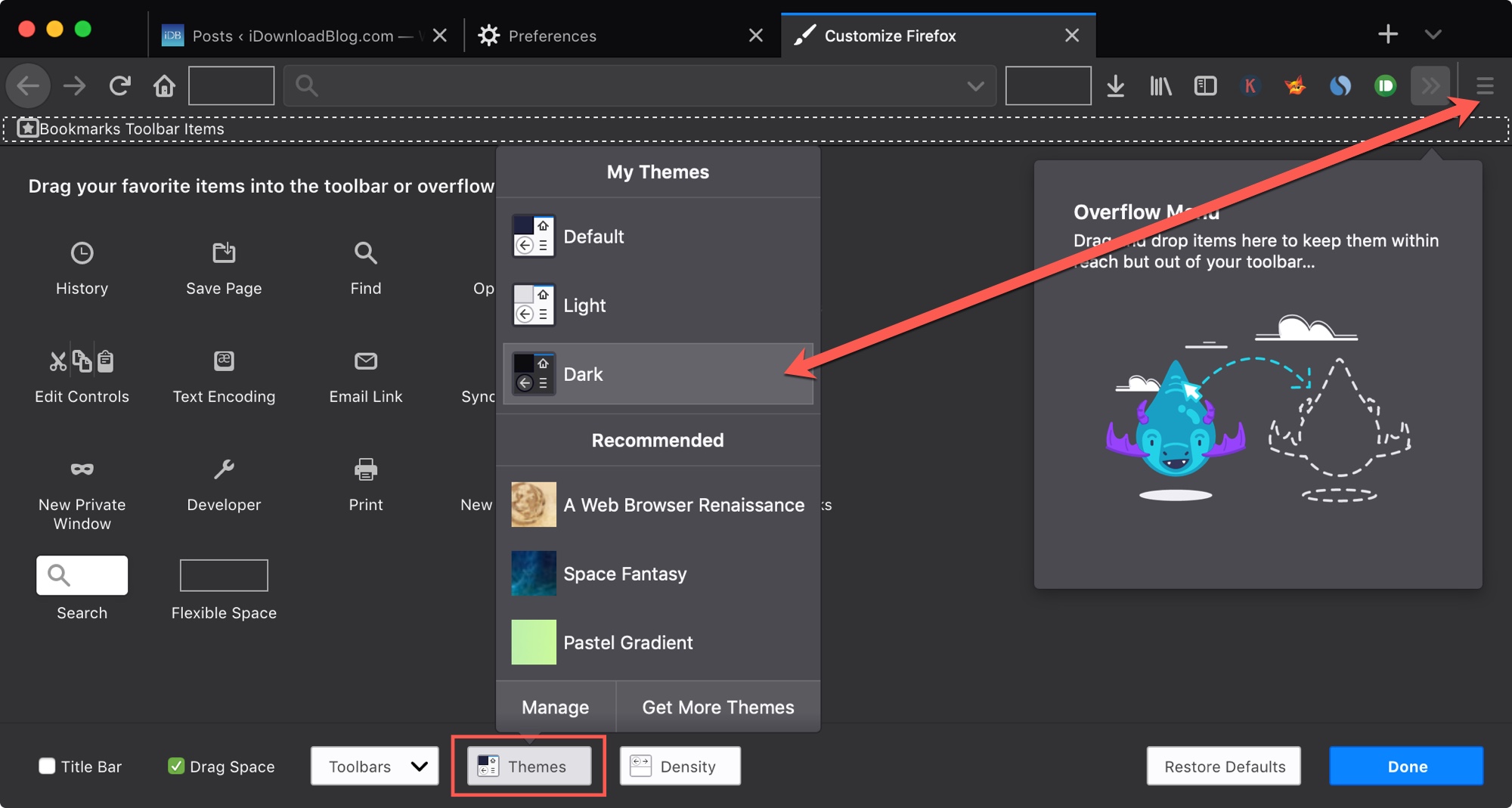

Preventing Flash content from loading automatically deserves a separate explanation. If you want to remove all your extensions and start fresh, you can click the Remove button or use the Extensions tab in CleanMyMac, which manages extensions, add-ons, and plugins from one place. You can disable extensions here, and then turn them back on one by one, in the same way you just checked your plugins.

To check your extensions in Firefox, go to about:add-ons, then click Extensions in the sidebar. You can reinstall a fresh copy of the plugin (from official sources only!), or just see if you can live without it. Mozilla then recommends you change the filename to add an X in front, which will remove the plugin. In Firefox itself, you have to type about:plugins, then find the file path for that plugin and navigate to it in the Finder. You can also remove a plugin with CleanMyMac's Extensions tab, which is actually a lot easier than using Firefox. Once the problem reappears, you'll know it was likely caused by the last plugin you re-enabled. Restart Firefox each time and then try to recreate the error. If the problem is gone, turn the plugins back on one by one, just changing that Never Activate option back to Always Activate. In the Add-ons Manager's Plugins panel, you can select Never Activate for each plugin, then restart Firefox and see if the problem is still happening. To check for that, click the Menu button, and then choose Add-ons. When Firefox stops responding to your clicks it's very likely that one of your installed plugins is the culprit. Change the time range to Everything, and you can clear all of the cookies, browsing history, downloads history, tabs, saved passwords, and even autofill values. Just click Privacy in the sidebar and then choose Firefox from the list.
MOZILLA FIREFOX FOR MAC SETTINGS DOWNLOAD
Changing your download location or having Firefox or Chrome ask where you want to save your files are alternatives to consider.Slow Firefox browsing experience is truthfully beyond annoying. The Downloads folder on your Mac is obviously the ideal place to save files from the web.

Instead, you can have Chrome ask you where you want to save the files every time by enabling that toggle. Change the Chrome downloads folderĬhanging the file download folder on Chrome is just as easy as it is for Firefox.ġ) Open your Chrome settings by either clicking Chrome > Preferences from the menu bar or using the Menu button in the toolbar and selecting Settings.Ģ) Scroll to the bottom and click Advanced or choose Advanced on the left to expand it and choose Downloads.ģ) In the Downloads section, click the Change button under Location, browse for your folder, and click Select. Optionally, you can have Firefox ask you where you want to save the files instead by selecting that button.īelow there, you can see how Firefox handles certain types of files and make changes to those as well. Click the Choose button next to Save files to, browse for your folder, and click Open.
MOZILLA FIREFOX FOR MAC SETTINGS HOW TO
If Firefox is your browser of choice or even if you only use it for certain things, here’s how to change where files are downloadedġ) Open your Firefox Preferences by either clicking Firefox > Preferences from the menu bar or using the Open Menu button in the toolbar and selecting Preferences.ģ) Scroll down to the Files and Applications section. We’ve shown you how to change where downloaded files go in Safari on your Mac, but what if you use a different browser? Here we’ll run you through how to quickly change the file download location for Firefox and Chrome.


 0 kommentar(er)
0 kommentar(er)
